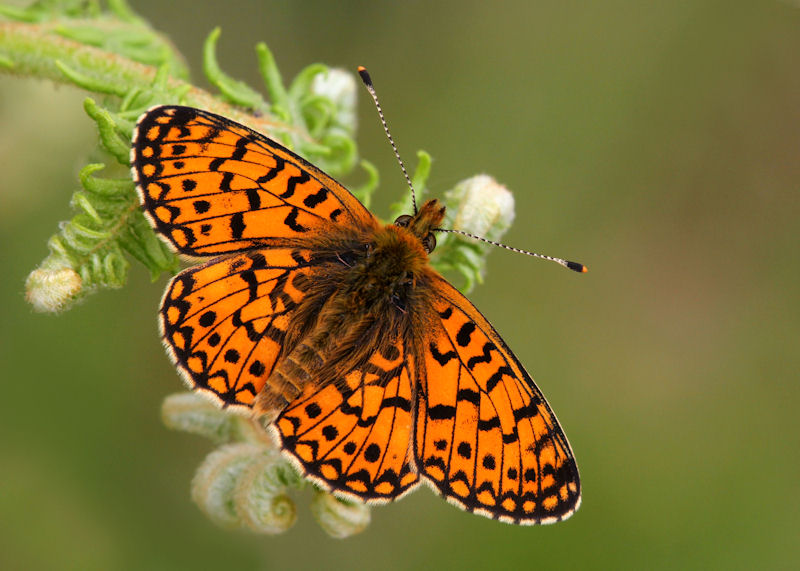Research & Studies

Daniel Brooks contributed in the article: Host use dynamics in a heterogeneous fitness landscape generates oscillations and diversification
The article was released in Evolution.
Abstract:
Colonization of novel hosts is thought to play an important role in parasite diversification, yet little consensus has been achieved about the macroevolutionary consequences of changes in host use. Here, we offer a mechanistic basis for the origins of parasite diversity by simulating lineages evolved in silico. We describe an individual-based model in which (i) parasites undergo sexual reproduction limited by genetic proximity, (ii) hosts are uniformly distributed along a one-dimensional resource gradient, and (iii) host use is determined by the interaction between the phenotype of the parasite and a heterogeneous fitness landscape. We found two main effects of host use on the evolution of a parasite lineage. First, the colonization of a novel host allowed parasites to explore new areas of the resource space, increasing phenotypic and genotypic variation. Second, hosts produced heterogeneity in the parasite fitness landscape, which led to reproductive isolation and therefore, speciation. As a validation of the model, we analyzed empirical data from Nymphalidae butterflies and their host plants. We then assessed the number of hosts used by parasite lineages and the diversity of resources they encompass. In both simulated and empirical systems, host diversity emerged as the main predictor of parasite species richness.
Keywords: host range, individual-based model, parasite diversity, phenotypic amplitude
About the Author: